The Ponytail Palm (Beaucarnea recurvata) is a unique and eye-catching houseplant that resembles a miniature palm tree. With its distinctive swollen trunk and long, cascading leaves, it adds a touch of tropical charm to any indoor space.
Appearance:
The Ponytail Palm features a thick, bulbous trunk that stores water, giving it a unique appearance. From the top of the trunk, long and slender leaves cascade downward, resembling a ponytail, hence its name. The leaves are green, arching, and have a slightly wavy texture. As the plant matures, it may produce small, cream-colored flowers atop a tall stalk.
Care Tips:
Light:
Place the Ponytail Palm in a bright location with indirect sunlight. It can tolerate lower light conditions, but it prefers moderate to bright light for optimal growth. Avoid exposing it to intense, direct sunlight, as it can scorch the leaves.
Temperature:
Maintain a temperature range of 65°F to 85°F (18°C to 29°C). The Ponytail Palm can tolerate some temperature fluctuations, but it is sensitive to cold drafts and frost. Protect it from extreme temperature changes.
Watering:
This plant has excellent drought tolerance and prefers to dry out between waterings. Water it thoroughly and then allow the top few inches (5-8 cm) of soil to dry out before watering again. Avoid overwatering, as it can lead to root rot. During the winter months, reduce watering frequency.
Soil:
Plant the Ponytail Palm in well-draining soil. A cactus or succulent mix works well, as it provides good drainage and prevents waterlogged roots.
Humidity:
The Ponytail Palm adapts well to average room humidity. It does not require high humidity levels. However, occasional misting can help prevent the leaves from drying out in dry indoor environments.
Fertilization:
Feed the plant with a balanced houseplant fertilizer diluted to half the recommended strength every two to three months during the growing season (spring and summer). Avoid fertilizing during the winter months when the plant’s growth slows down.
Pruning:
Remove any brown or yellow leaves by cutting them off at the base. Pruning is generally not necessary unless you want to remove old or damaged foliage.
Repotting:
The Ponytail Palm prefers to be slightly root-bound, so repotting is typically needed only when the current pot becomes too small. Repot in a slightly larger pot using fresh well-draining soil.
The Ponytail Palm is a resilient and low-maintenance plant that adds a touch of exotic beauty to your indoor space. With its unique appearance and easy-care nature, it is an ideal choice for plant enthusiasts of all levels. Embrace the charm of the Ponytail Palm and enjoy its striking presence in your home or office.

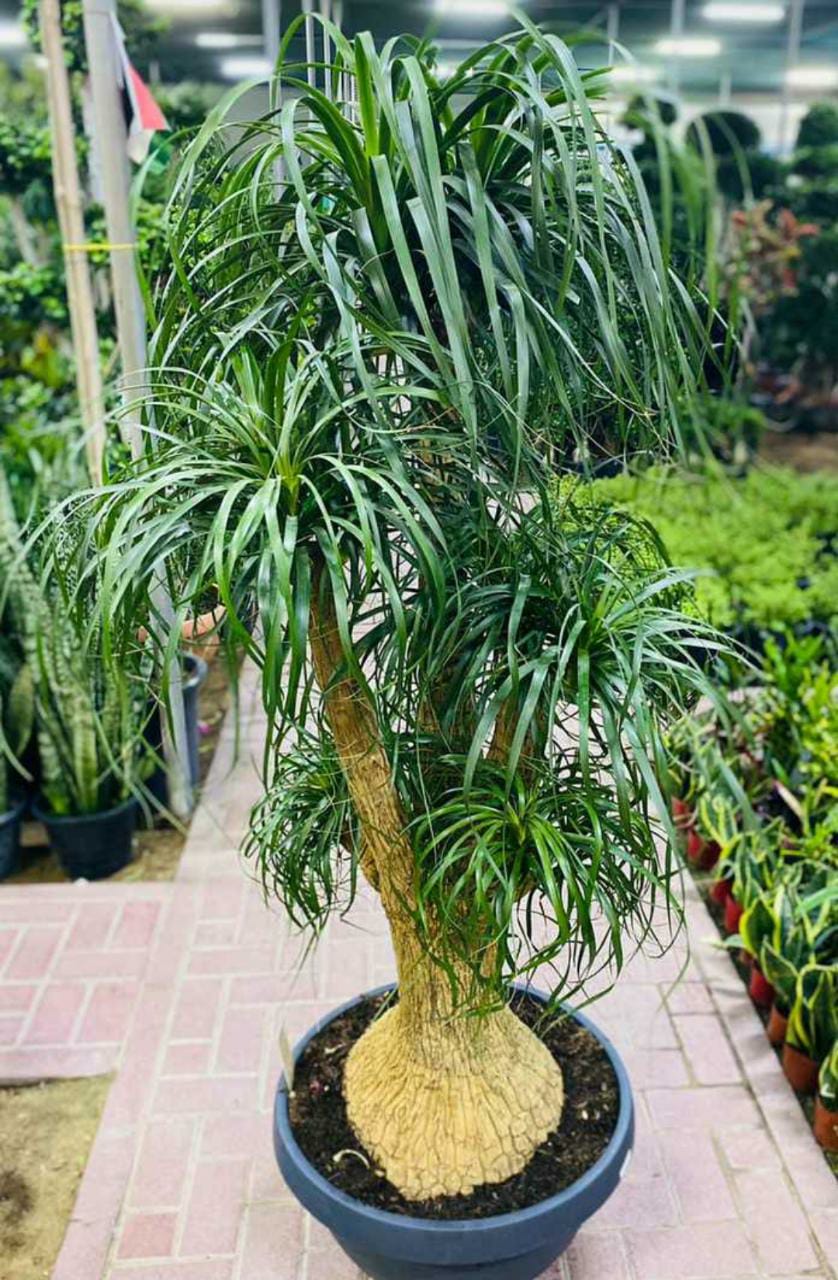
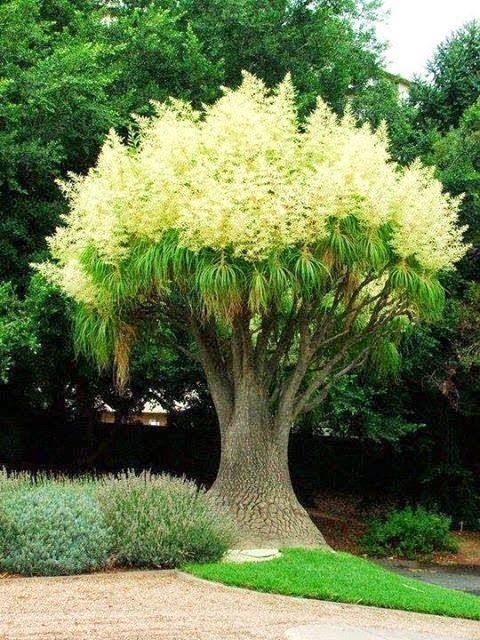
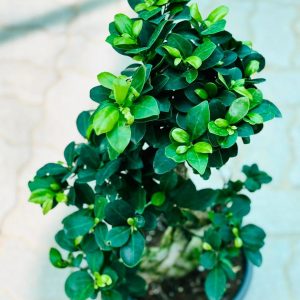
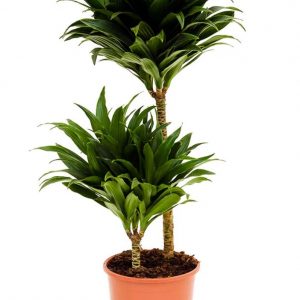
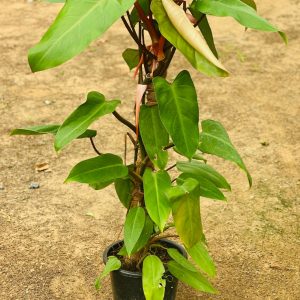

Reviews
There are no reviews yet.